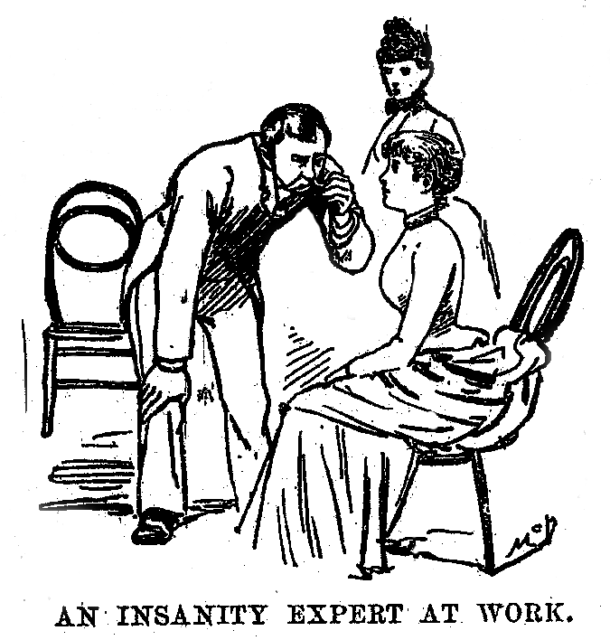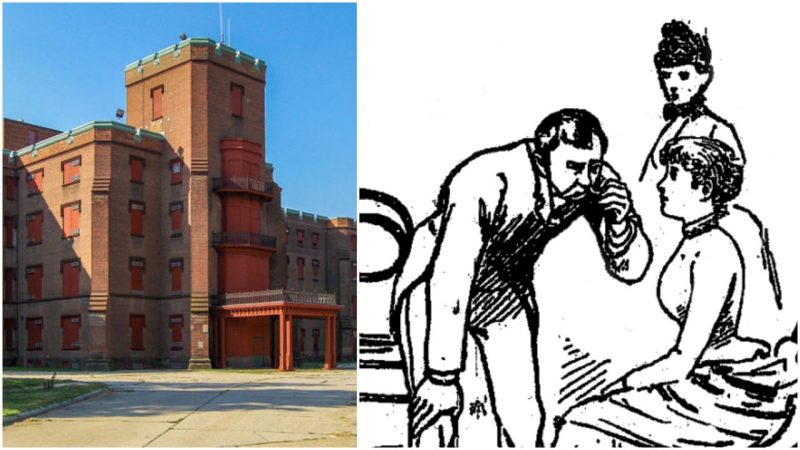“On Being Sane in Insane Places” was an article published in the Science journal in 1973, by psychologist David Rosenhan. It was an article in which he strongly criticized the psychiatric hospitals and the treatment the patients received there, but most of all, he criticized the quality of the psychiatric diagnosis. His stance was based on research conducted by himself and seven other experimenters who acted as pseudo-patients in different hospitals around the U.S. where they were all diagnosed with psychiatric disorders.
To be admitted into the hospitals, the pseudo-patients complained about auditory hallucinations. The experiment consisted of them acting perfectly normal after admission. Even so, they say they were still regarded as mentally ill by the medical staff in the hospitals. The experimenters said they were perfectly fine and that their hallucinations had disappeared, but they were still fed antipsychotic medications.
Even though the pseudo-patients would claim they felt normal, flushed the medications down the toilet, and acted in a calm, rational fashion, writing down their observations of the staff and the other patients, they were still treated as having mental problems. Instead of investigating the issue, nobody regarded their behavior as normal, because apparently inside the walls of a psychiatric hospital, the only sane ones are the employees.

In one instance, one of the nurses considered the taking of notes as pathological writing behavior, while the other patients were uneasy around these “writers,” claiming they must have been journalists of some sort.
The length of stay in the hospitals varied between 7 and 52 days, the average being 19 days. Every single one of the pseudo-patients presented the same symptoms as hearing voices of the same gender as their own.
Although unclear, they claimed that the voices were saying words such as “thud,” “hollow,” and “empty.” The words were carefully chosen so that the psychiatrists would it was assumed analyze the situation of the patient as an existential crisis, but that’s not what happened. They might have presented the same symptoms, but their diagnosis varied from schizophrenia to manic-depressive psychosis.

Rosenhan, who at the time was also a professor at Stanford University, came to the conclusion that mental illness is perceived as an incurable condition that defines the person’s life. The impostors reported that the patients were dehumanized and often verbally and physically abused by some of the attendants.
Since the experiment exposed the hospitals, and the psychiatric diagnoses, as unreliable, one of the hospitals’ administrations was offended and challenged Rosenhan to send more pseudo-patients to its facility, confident that the staff would be able to identify them. In the following weeks, the hospital received 193 new patients, 41 of whom were identified as pseudo-patients, mostly by members of the staff but also by at least one psychiatrist. The problem was that Rosenhan hadn’t, in fact, sent any pseudo-patients to the hospital at that time.

There have been other experiments conducted by different types of professionals to explore the perceptions of psychologists and psychiatrists and to expose the malpractice going on in psychiatric hospitals. One famous example is Nellie Bly, who pretended to suffer from a mental illness after which she was admitted into a lunatic asylum. Her report revealed terrible conditions inside the hospital and horrific treatment of the patients by the medical staff.
Another interesting example was conducted by Maurice K. Temerlin in 1968, who split a group of psychiatrists into two groups to observe an actor who played a character without any mental issues. It was suggested to one of the groups that the actor seemed “neurotic but was actually quite psychotic” while the other group was told nothing. In the end, more than a half of the first group diagnosed the actor with schizophrenia while the other group claimed there was nothing unusual about the actor.
